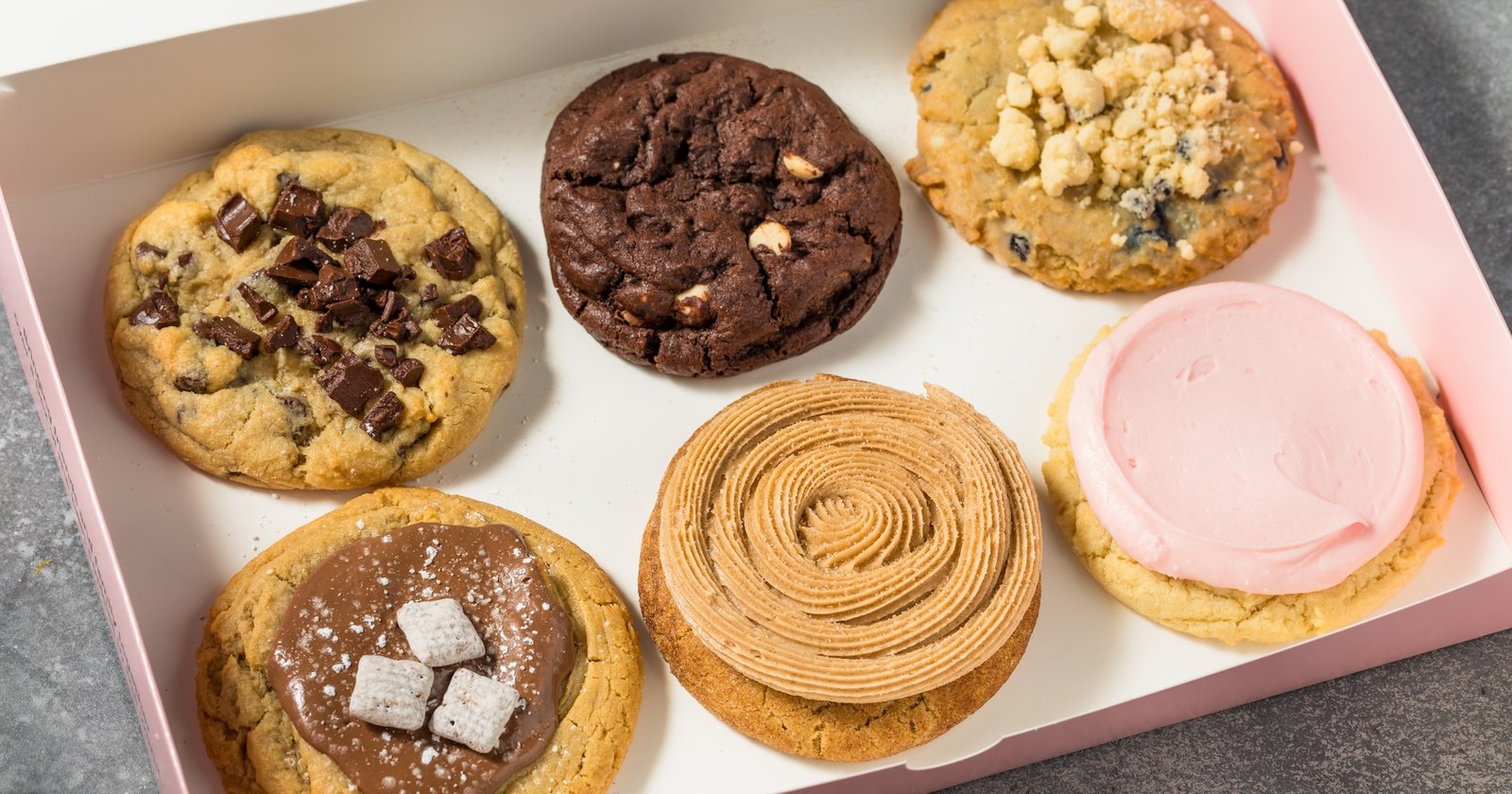Crumbl’s store profitability more than doubled last year. | Photo: Shutterstock.

In April, we wrote about Crumbl, and a strange anomaly in its franchise disclosure document, showing that while average profitability per store was up, median profitability was down.
The anomaly was explained by a few franchisees we spoke with, who believed the brand signed on a lot of inexperienced operators early in its history who are not as profitable as they could be, while more experienced franchisees do better.
In reality, there is a simpler explanation: The median net profit in the document was meaningless.
The Salt Lake City-based dessert chain recently updated its franchise disclosure document, or FDD, showing median net profit of $223,236 on a store making just over $1.3 million in revenue per year, a 17% profit margin.
That is far closer to the average net profit–$251,706—the chain generated, a margin of about 18%.
Under the previous iteration, Crumbl used a single store’s data to represent the median store and published that store’s net profit of $77,359. That net profit was down from the one used the year before. The company notably used a particularly unprofitable store to represent that figure, and one that didn’t necessarily represent the state of the brand.
That report clearly caused confusion, which Crumbl acknowledged, and led the company to update the figure.
Crumbl should get a lot of credit for its openness in reporting sales and profitability by its franchisees. The chain was established in 2017 and grew rapidly through franchising. In the process, it provided more data on revenue and profits for those franchisees than just about any other franchise.
We write about a lot of struggling franchise systems that will often hide those numbers or use misleading data.
Crumbl has always used a single store to represent the median performing location in its system, but it had not been an issue because the net profit from that store was close to the average. For instance, in 2023 the median store generated a net profit of $114,549, compared with the $122,955 average.
It’s good to provide data. But at least pick a representative store. Or publish the actual median. Or just stick with the average.
The good news for Crumbl, however, is that the company’s profitability did improve in 2024, and by quite a bit.
Crumbl suddenly struggled in 2023 as average unit volumes and profitability both fell. Some stores closed, and questions about the chain’s long-term viability grew louder.
The company responded to this the way any brand should: It slowed growth to a crawl and focused on improving unit volumes and profits.
After adding 264 locations in 2022 and 281 in 2023, Crumbl added just 87 new restaurants in 2024. It also spent a lot of time marketing and added new types of desserts such as pies and cakes to its lineup. It’s now experimenting with dirty sodas.
As such, average unit volumes last year increased 17% to nearly $1.36 million, while average net profit more than doubled.
More brands should heed such lessons. When unit volumes fall, slow growth and get then back up again. And be open about the performance, even if you should provide the right data in the first place.




